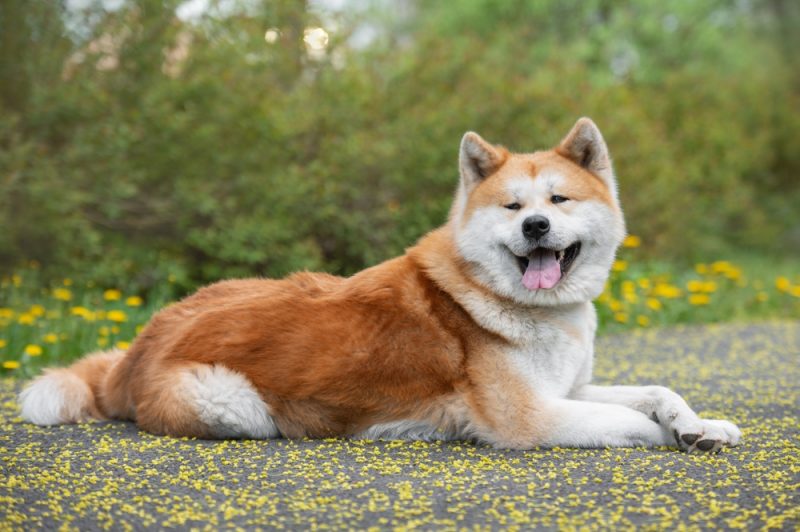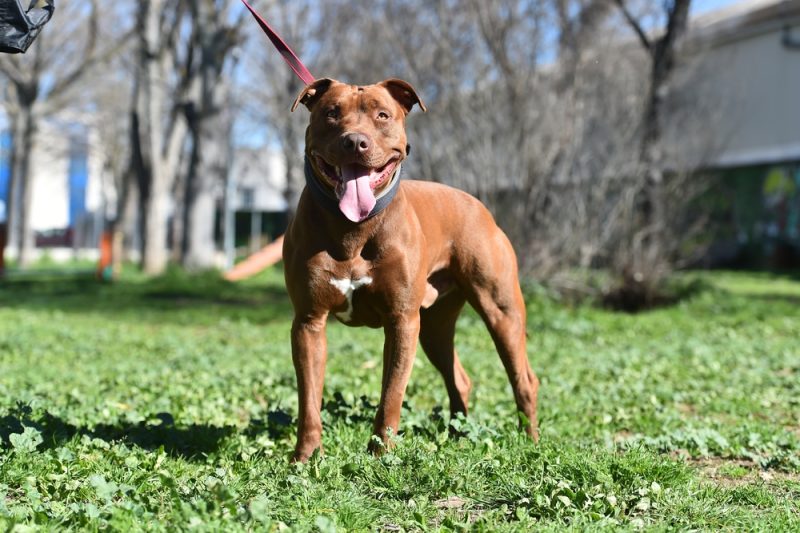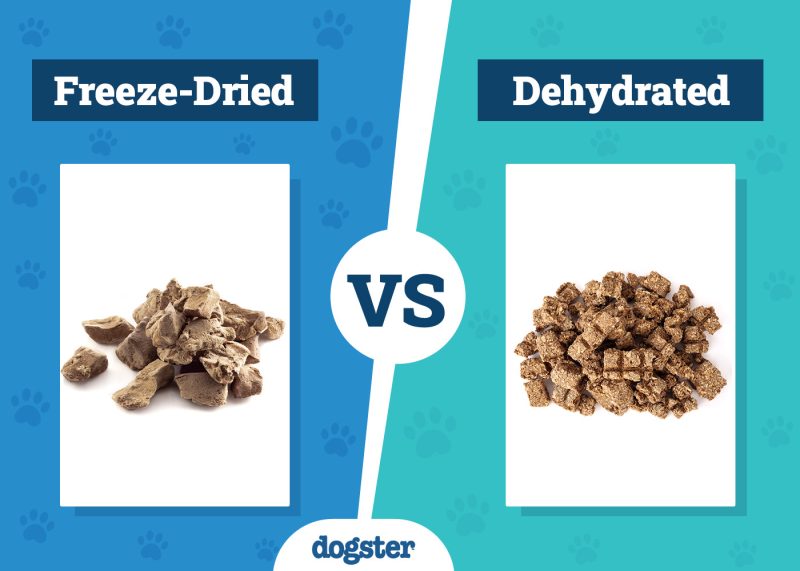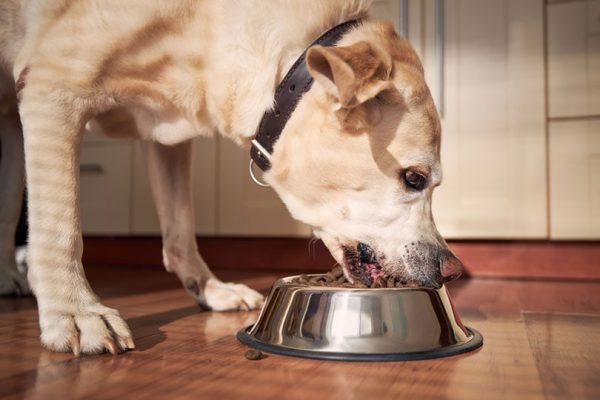In this article
View 3 More +If you’ve ever given your dog’s belly a good scritch or two, you might have noticed one of their legs kicking out when you scratch at certain spots. This might have led you to wonder if you’d hit a ticklish spot on your dog. Do dogs have tickle spots?
Yes, but dogs aren’t ticklish in the same way people are. While dogs have a similar response from the nervous system when a tickle spot is touched as people do, how they react is vastly different. Here’s a closer look at how dogs are ticklish.

The Types of Ticklishness

You’ve obviously never seen your dog roll around in laughter from being tickled, and there’s a reason for that. (Well, a couple of reasons, considering dogs don’t exactly laugh.) But more than a dog’s lack of laughter, the reason for this is that there are two types of ticklishness1.
The one that humans experience that causes hysterical laughing is gargalesis. The other type of ticklishness is known as knismesis, which is the sort of ticklishness dogs experience. What’s the difference? Unlike gargalesis, which creates a sensation that makes you laugh, knismesis creates an itching sensation. This kind of ticklishness is caused by a nerve impulse that makes one shudder or causes a need to scratch—hence, why your dog’s leg starts kicking!
If you’re wondering what exactly knismesis feels like, it is somewhat similar to when a bug lands on your skin or when goosebumps occur.
Where Are Dogs Ticklish?
Where a dog has tickle spots will vary by canine, as all dogs are different. Your pup might feel this sensation when you play with their feet, while another might experience it when their sides are touched. A few common areas seem to be tickle spots for dogs, though.
As you’ve probably guessed, a dog’s belly and sides can absolutely be tickle spots. Some dogs are even ticklish in the armpits or closer to their neck. Directly below the ears, on the back, or near the base of the tail are all common ticklish areas, as well.
If you see one of your pup’s legs twitching, notice a flick of the ears, or notice a twitchy back, you’ve likely located a tickle spot!
Do Dogs Like Being Tickled?

Whether a dog actually likes being tickled also varies by canine. Some pups greatly enjoy the tickling sensation, while others hate it.
You can get a good idea of how your dog feels about it by locating a ticklish spot and then observing their body language when you tickle them. If your pet pants, does a happy little sigh, wags their tail, or offers up that area of the body to you again, they probably liked it! But if your pup recoils or acts disturbed after you tickle them, they are probably not a fan, so you should avoid tickling them on purpose again.
A good majority of canines seem to enjoy the feeling tickling produces, though.
How Do I Tickle My Pup?
While you’ve likely tickled your pup by accident before, there are dos and don’ts you should be aware of when you want to purposefully tickle them.
- Don’t surprise them while they’re sleeping by tickling them.
- Don’t tickle your dog too hard or roughly.
- Do learn where your dog likes to be tickled. A dog might prefer having a certain ticklish spot petted instead of tickled.
- Do pay attention to their body language to ensure they’re still having fun. Canines can quickly get annoyed or bored with tickling.
- Do make sure your pup is actually ticklish and not just itchy. Check to see if there’s any dry skin or skin irritation in the area you’re tickling; if you see anything like that, your dog is itchy, not ticklish, and you should talk with your vet.


Final Thoughts
Our canine pals are indeed ticklish, though it is a bit different from the way we’re ticklish. But if you’ve ever seen your pup’s leg kicking while you scratch them, chances are good you’ve found one of their tickle spots. While most dogs enjoy being tickled, others do not, so if you want to tickle your dog purposefully, watch their body language to make sure they’re having as much fun as you!
Featured Image Credit: Vantage_DS, Shutterstock


















